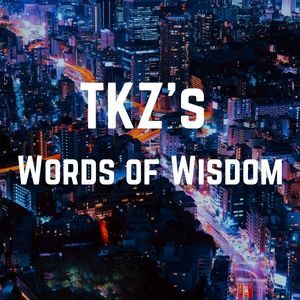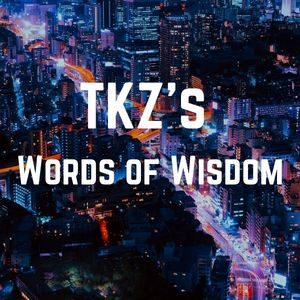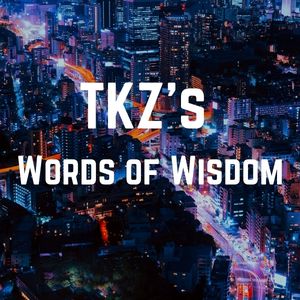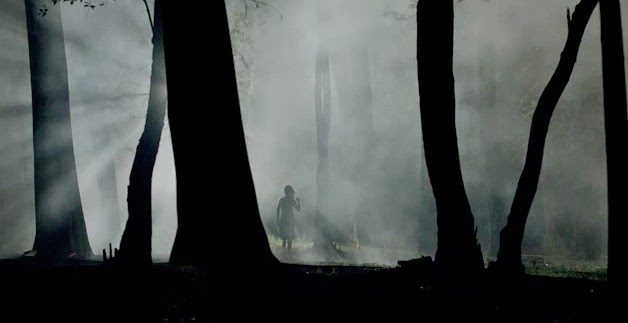The mindset you have as a writer can make a huge difference. Not just your mindset when you sit down to draft or revise what you’ve written, but how you think about your writing, and how you decide to react to perceived setbacks, what you learn about yourself and your writing, and how you might or might not enjoy the writing process.
Today’s Words of Wisdom is all about mindset. Clare Langley-Hawthorne, Colleen Coble, and Jordan Dane each discuss writing mindsets in excerpts from their respective TKZ posts. As always, the full posts are date-linked from their respective excerpts and worth reading in their entirety.

A fixed mindset is one which regards intelligence, talent or ability as static and innate – meaning we are either intelligent, smart, good at creative writing or we aren’t (and I guess if we aren’t we just have to accept our fate!). Scientific research over the last few decades reveals, however, that our brains are much more flexible and fluid than that and, like any muscle, the more we use it, the stronger it gets.
At some time in our lives, I’m sure many of us have been caught within the fixed mindset trap (“I’m not good at math”; “I’m a hopeless athlete…”), or may have had a fixed mindset imposed on us by our teachers or our peers (“You can’t write!”; “You’ll never be able to do that!” ). Research shows that children start out in kindergarten believing they can do anything (just think of how many of us wanted to be astronauts!) but as we mature, many of us shift from a growth mindset to a fixed one. At that point we no longer want to face the possibility of failure and remain firmly entrenched in our ‘comfort zone’ of abilities.
Someone with a fixed mindset will most likely avoid challenges; give up easily; ignore feedback and feel threatened by other people’s success. Unfortunately, writing is by its very nature an ongoing challenge that more often than not results in failure – writers face a constant learning curve, which (I would argue at least) requires us to move to a growth mindset in order to succeed (or at least not go insane!)
Someone with a growth mindset embraces challenges, gives everything their best shot, learns from feedback and is inspired by others’ success. More importantly, they accept failure as a necessary part of the growth process (an admittedly difficult lesson for any of us to learn).
Clare Langley-Hawthorne—January 18, 2016
You know the best thing about writing? You never arrive. There is always something you can improve on. Writing isn’t static, and it’s thrilling to know a better, bigger book can be yours to create. So how do we embrace the process of change in our books? Here’s what works for me.
- Determine what drives your writing:
I think we all figure out fairly soon where we belong in the landscape of the writing world, and what type of story grabs us and doesn’t let go. Part of the evolution of my brand of romantic mystery involved embracing who I was as a writer and letting that strengthen each new book. Readers often tell me I’m way too friendly and outgoing to write about murder. I think they believe only brooding, unsmiling people can write about something so dark. They miss what drives me to write what I write—justice. I look around the world and see no justice, but I can make sure justice prevails in my novels.
Why do you write? The biggest, strongest stories involve something very personal to you. Depending on your personality, it can be cathartic or daunting to let your characters deal with an issue that’s been challenging to you, but it’s always worth it. Put down your guard and let the reader in. Writing should never just be your job. That’s a trap that career novelists can fall into, but the next novel should always be because you have something to say not because you have a deadline!
- Figure out your strengths:
Don’t assume your strengths are as strong as they can get. An expert at pacing? Flex your fingers and keep the reader up all night. Good at integrating setting into the plot? You can immerse the reader even better with the next book. Great at characterization? You can build an even more compelling character in the next book. The status quo is never enough for the next book. Strive for something bigger and more compelling. - Pinpoint your weaknesses:
We all have areas where we are weak. My timelines can get fuzzy, and because I’m a seat of the pants writer, the train can get derailed. But even a pantser like me can get better at thinking through key turning points that lead to a stronger book. There are great writing resources out there to help you with your weaknesses.
This blog and others like it are great resources. There are tons of helpful writing books out there to help shore up where you’re weak. Jim Bell is a long time friend, and his book, Write Your Novel From the Middle, literally transformed my writing even though I’d written well over 50 novels by the time I read it. Never stop learning how to write better. Study up on how other authors do it well. When I wanted to write more suspenseful books, I read excellent suspense like my friend, Jordan Dane’s. I literally devour every book by an author I think I can learn from.
Colleen Coble—September 29, 2016
For my post today, I wanted to think back upon that time when everything had possibility and dig into what makes writing fun for me, still. I hope you’ll share what brings joy to you in your comments.
KEY WAYS TO REDISCOVER YOUR WRITING FUN MOJO
6.) Writers Don’t Have to be Original
We just have to write the best book we know how. Don’t worry about whether anyone has ever written about a certain plot before. No one can duplicate how you choose to tell a story. No one can filter their storytelling through your unique eyes and life’s experiences. Yes, it’s great to discover a fresh take on something and we should all strive to push the envelope to writing with new ideas, but there’s something deeply satisfying about telling a story that touches a reader in a special way, that only YOU can do.
7.) Writing is Therapy
When bad stuff happens to writers in their lives, we have a way to explore it through our writing. We can distance the pain from our own stories by telling what happened through our characters. Writing is about emotion. It’s a gift to tell your story and tap into feelings that readers can relate to. It’s one thing to be compassionate and empathetic when we imagine what a character might be feeling, but to add a personal reflection (even when it’s painful), takes guts. Dare to be gutsy and you may find it helps you in return.
8.) Writing is Community
As writers, we instantly become a part of a wonderful community of creatives. If you’re reading this, you are one of us. I’ve found that most writers are a generous lot. We know how wonderful it feels to write and we want to share that success with others. When I first sold, I began to see writing as part of a grander stage. Writers can relate to actors, singers, song writers and other artists who create something special from nothing.
9.) Writing Comes with a Thick Skin
Rhino skin can be a blessing. There, I said it. Rejections CAN be a good thing. Most people don’t have critics looking over their shoulders as they do their work, people who criticize everything they do. Online book reviews and beta or social media comments can hurt, but we get through it because we’re driven by our passion to write. There are precious few people who pursue writing and actually finish a novel. In light of that, reviews and harsh comments mean nothing.
10.) Writers Publish
Isn’t it glorious that authors have choices these days? Whether we sell our novels through traditional publishing houses or self-publish, we have options that weren’t always available in the past. We can explore the opportunities to sell or become our own publisher and retain the margin and the creative control from formatting, to cover design, to promotion and pricing. We can do both. It’s great to have choices.
Jordan Dane—August 1, 2019
***
- What are your thoughts on fixed vs. growth mindsets?
- How do you embrace a growth mindset as a writer? Any tips?
- How do you reclaim or keep your writing mojo? How important is having fun when you write?








